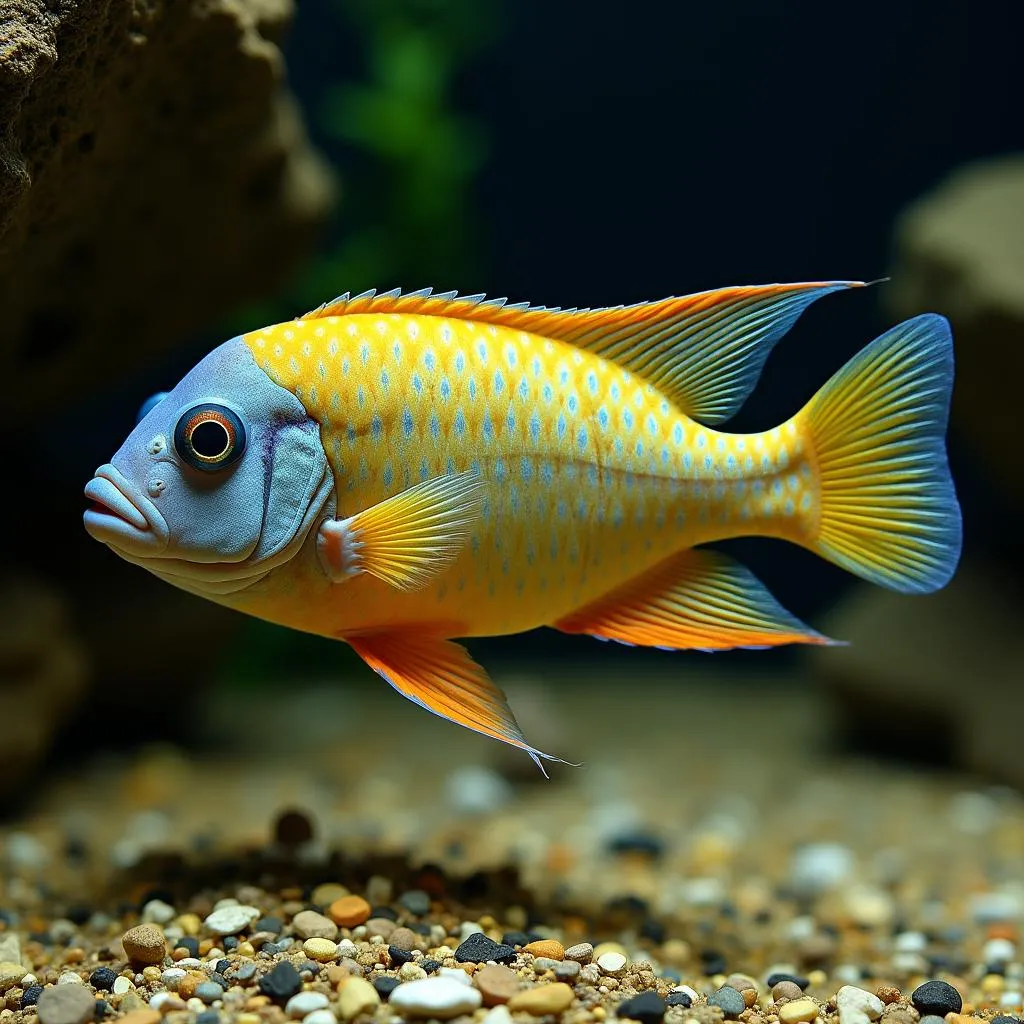African Animals by Region: A Safari Through Each Diverse Ecosystem
Africa, a continent teeming with life, is home to some of the most diverse and fascinating animal species on Earth. From the savannas of the Serengeti to the rainforests of the Congo Basin, each region boasts unique ecosystems and a spectacular array of wildlife. This article takes you on a virtual safari, exploring the incredible diversity of African Animals By Region.
East Africa: The Cradle of Life
East Africa, known as the “Cradle of Life,” is where many experts believe human evolution began. This region, characterized by vast savannas, grasslands, and the Great Rift Valley, harbors an incredible abundance of wildlife.
Savanna Giants: Imagine witnessing the Great Migration in the Serengeti National Park, where millions of wildebeest, zebras, and gazelles thunder across the plains. Here, lions, cheetahs, and leopards stalk their prey, while elephants and giraffes browse among the acacia trees.
Mountain Gorillas: Travel to the Virunga Mountains, and you might encounter the critically endangered mountain gorillas. These gentle giants live in dense forests, and their conservation is a testament to the dedicated efforts of researchers and conservationists.
Unique Birdlife: East Africa is also a birdwatcher’s paradise, with over 1,000 bird species, including the majestic African fish eagle and the colorful lilac-breasted roller.
Southern Africa: A Tapestry of Habitats
Southern Africa is a region of diverse landscapes, from the Kalahari Desert to the lush coastal forests. This variety of habitats supports a rich array of animal life.
Big Five Safari: Kruger National Park in South Africa is one of the best places in the world to see the “Big Five”: lions, elephants, leopards, rhinoceroses, and Cape buffalo. These iconic animals roam the savannas and woodlands, alongside a myriad of other species.
Marine Marvels: The coastlines of South Africa and Namibia offer incredible marine life encounters. Witness the breaching of southern right whales, swim with seals, and observe great white sharks from cage diving expeditions.
Endemic Species: Southern Africa is also home to many endemic species, including the sociable weaver bird, known for its massive communal nests, and the desert-adapted meerkats.
Central Africa: The Heart of the Rainforest
Central Africa is dominated by the Congo Rainforest, the second-largest rainforest in the world. This dense and biodiverse region is home to a plethora of fascinating animals.
Forest Elephants and Gorillas: The Congo Rainforest is the stronghold of forest elephants, smaller and more elusive than their savanna counterparts. It’s also home to western lowland gorillas, the most numerous gorilla subspecies.
Okapi and Bongos: Venture deeper into the rainforest, and you might encounter the okapi, a strange and beautiful creature often referred to as the “forest giraffe.” Bongos, large forest antelopes with striking reddish-brown coats, are also found in this region.
Biodiversity Hotspot: The Congo Basin is a biodiversity hotspot, teeming with a vast array of insects, amphibians, reptiles, and birds, many of which are still being discovered by scientists.
West Africa: A Mosaic of Ecosystems
West Africa, with its mix of savannas, rainforests, and coastal areas, offers a unique blend of animal life.
Chimpanzees and Forest Elephants: Visit the national parks of Guinea, Ivory Coast, or Ghana to observe chimpanzees in their natural habitat. These intelligent primates share the forest with forest elephants and other fascinating species.
Endangered Species: West Africa is unfortunately home to several endangered species, including the West African lion, the pygmy hippopotamus, and the roan antelope. Conservation efforts are crucial to protect these vulnerable animals.
Sahel Adaptations: The Sahel, a semi-arid region bordering the Sahara Desert, is home to animals adapted to harsh conditions. Oryx, gazelles, and Fennec foxes survive in this challenging environment.
North Africa: At the Edge of the Sahara
North Africa, dominated by the Sahara Desert, is a region of extremes. Yet, even in this harsh environment, life finds a way.
Desert-Adapted Wildlife: Camels, with their incredible ability to conserve water, are a common sight in the Sahara. Other desert dwellers include the fennec fox, with its large ears that help regulate heat, and the addax, an antelope with spiraling horns.
Oases and Coastal Areas: Oases, scattered throughout the desert, provide vital sources of water and vegetation, attracting a variety of animals, including birds, reptiles, and small mammals. The Mediterranean coast of North Africa is home to marine life such as dolphins, whales, and sea turtles.
Conclusion
From the vast savannas of East Africa to the edge of the Sahara Desert, the diversity of African animals is truly awe-inspiring. Each region offers unique wildlife encounters and showcases the incredible resilience of life on this magnificent continent. By understanding and appreciating the different ecosystems and the animals that inhabit them, we can contribute to their conservation for generations to come.
Frequently Asked Questions
1. What are the “Big Five” animals of Africa?
The “Big Five” are the lion, elephant, leopard, rhinoceros, and Cape buffalo.
2. Where is the best place to see mountain gorillas?
The Virunga Mountains, shared by Rwanda, Uganda, and the Democratic Republic of Congo, are the best place to see mountain gorillas.
3. What is the largest rainforest in Africa?
The Congo Rainforest is the largest rainforest in Africa and the second largest in the world.
4. What are some endangered animals in West Africa?
Endangered animals in West Africa include the West African lion, the pygmy hippopotamus, and the roan antelope.
5. What are some adaptations of animals living in the Sahara Desert?
Animals in the Sahara have adaptations such as water conservation mechanisms, nocturnal habits, and specialized appendages for dealing with heat and sand.
For those who need support, feel free to contact us at Phone Number: +255768904061, Email: kaka.mag@gmail.com Or visit our address: Mbarali DC Mawindi, Kangaga, Tanzania. We have a 24/7 customer service team. You can also find more information about south african painting artists and African jacana vessel details on our website.

